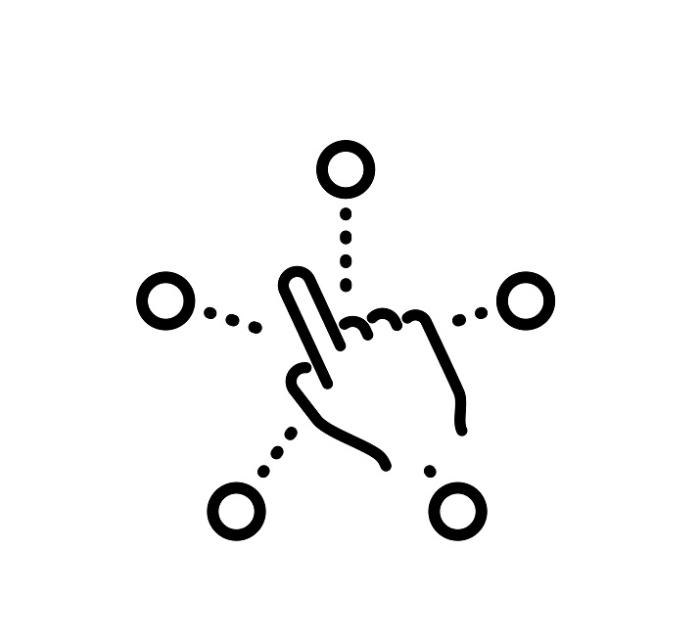
 Data Structure
Data Structure Networking
Networking RDBMS
RDBMS Operating System
Operating System Java
Java MS Excel
MS Excel iOS
iOS HTML
HTML CSS
CSS Android
Android Python
Python C Programming
C Programming C++
C++ C#
C# MongoDB
MongoDB MySQL
MySQL Javascript
Javascript PHP
PHP
- Selected Reading
- UPSC IAS Exams Notes
- Developer's Best Practices
- Questions and Answers
- Effective Resume Writing
- HR Interview Questions
- Computer Glossary
- Who is Who
Common Cause Variation Vs. Special Cause Variation
Every piece of data that is analyzed will exhibit varying degrees of variation. Even if we try our best, we can never achieve identical results in every situation. Variation is a type of numerical value that shows how widely people in a group are affected by different factors.
The concept of variance is a type of numerical measure that shows how the data is distributed across various points in a given area. If you get a variance of zero, it means that your results are exactly the same as the expected value. On the other hand, a high variance indicates that the data points are distributed from one point to another, while a smaller variation shows that the data points are close to the mean.

Types of Variation
One of the most important factors that project managers consider when it comes to quality management is the classification of variance. There are two types of variance: common cause and special cause. Knowing which type of variation will affect your processes is very important to prevent problems from arising.
During the 1920s, Walter Shewhart developed control charts that help distinguish special cause and common cause variations. He discovered that some processes that are not in control of their own conditions show special cause variations.
Common Cause Variation
W. Edwards Deming and Walter Shewhart stated that common causes can be described as natural patterns. These are the quantifiable, historical, natural, random, and customary factors that cause variations in a process. When special causes of variance are eliminated from the system, common cause variation shows the potential for the process. A control chart shows the random distribution within the control limit.
Although it is possible to predict the exact cause of variance, it is not possible to prevent it from happening. Management action is required to implement a comprehensive change in the system to reduce the number of common causes of variance.
Example ? For a hotel construction project, you had initially estimated that it would take around 10 days to complete a concrete formwork activity. However, due to the weather conditions, it was completed in 11 days. This is an example of a typical cause variation.
Another example is that you are currently working on a software project that requires a lot of coordination between your team members. Complicated scope definition, unexpected errors, and poor communication are some of the factors that prevent you from finishing the project on time.
Special Cause Variation
The concept of a special cause of variance is different from the common cause of the variance. It refers to the factors that can affect a process. These include unexpected and non-quantifiable variations that were not expected to occur in a process. Usually, special cause variations are caused by a specific factor.
A control chart shows that special causes of variance can occur in a non-random manner and affect the average limit or control limit. These types of deviations can be easily eliminated by implementing changes to the processes, components, or methods. Technical issues are usually the source of special cause variations.
Special cause variations can be caused by uncontrollable factors that can't be predicted with the help of historical records and experience. In this case, we will discuss an example of a special cause variation.
Example ? For a bridge construction project, you had estimated that it would take you around 10 days to finish an excavation activity. However, due to a technical issue with the excavator's hydraulic system, the project was delayed by about 20 days. You were able to resolve the issue by replacing the hydraulic system.
For a hospital renovation project, you were transporting a generator for the client, and the estimated arrival time was two days. However, the generator's arrival was delayed by four days due to an accident on the highway.
Common Cause Variation VS Special Cause Variation
Cause variation refers to the combination or lack of factors that can affect a process's outcome. Special cause variation occurs when single or multiple factors significantly affect a process's outcome.
| Common Cause Variation | Special Cause Variation |
|---|---|
| For Common cause, the variation is natural and within a historical experience base. | For special causes, the variation is unusual and outside the historical experience base. |
| Common cause variation affects the whole process. | Special cause variation affects some of the process output. |
| Common cause variation has a repeatable and steady distribution over time. | Special cause variation has an irregular and inconsistent distribution over time. |
| In common cause variation, the variance is under control. | For special cause variation, the variance depends on more points and is usually outside the control limit. |
| For common cause variation, the complete process is predictable. | For special cause variation, the process output cannot be predicted. |
| Common cause variation requires more detailed analysis to identify the process. | Special cause variation can be identified quickly and can be either detrimental or beneficial. |
| Common cause variation requires management action and can correct 85 percent of the process. | Special cause variation can fix 15 percent of the process problems. |
| Examples ? Poor Design, Unstable procedure, ambient temperature, insufficient machine maintenance, humidity, and more. | Examples ? Computer crash, incorrect machine adjustment, operator falling asleep, damaged part, a defective batch of raw materials, and more. |
Conclusion
We see that the data set is not close to each other. This is because there are some small differences between the various pieces of information. The variance is a measure of how the data is distributed around an average or expected value. If the variance is equal or close to zero, all the data are the same. On the other hand, if the variance is high, all the data are far away.
There are two types of variations in a system: common and special. Determining the type of variance is very important in order to take the necessary steps to improve the efficiency of the system. A control chart can help you identify these two types of variations.
This article talks about the various causes of variation in the quality control process. It also discusses the importance of reviewing the special and common cause variations. This subject is very important for those who are preparing to take the CAPM or PMP certification exams.

